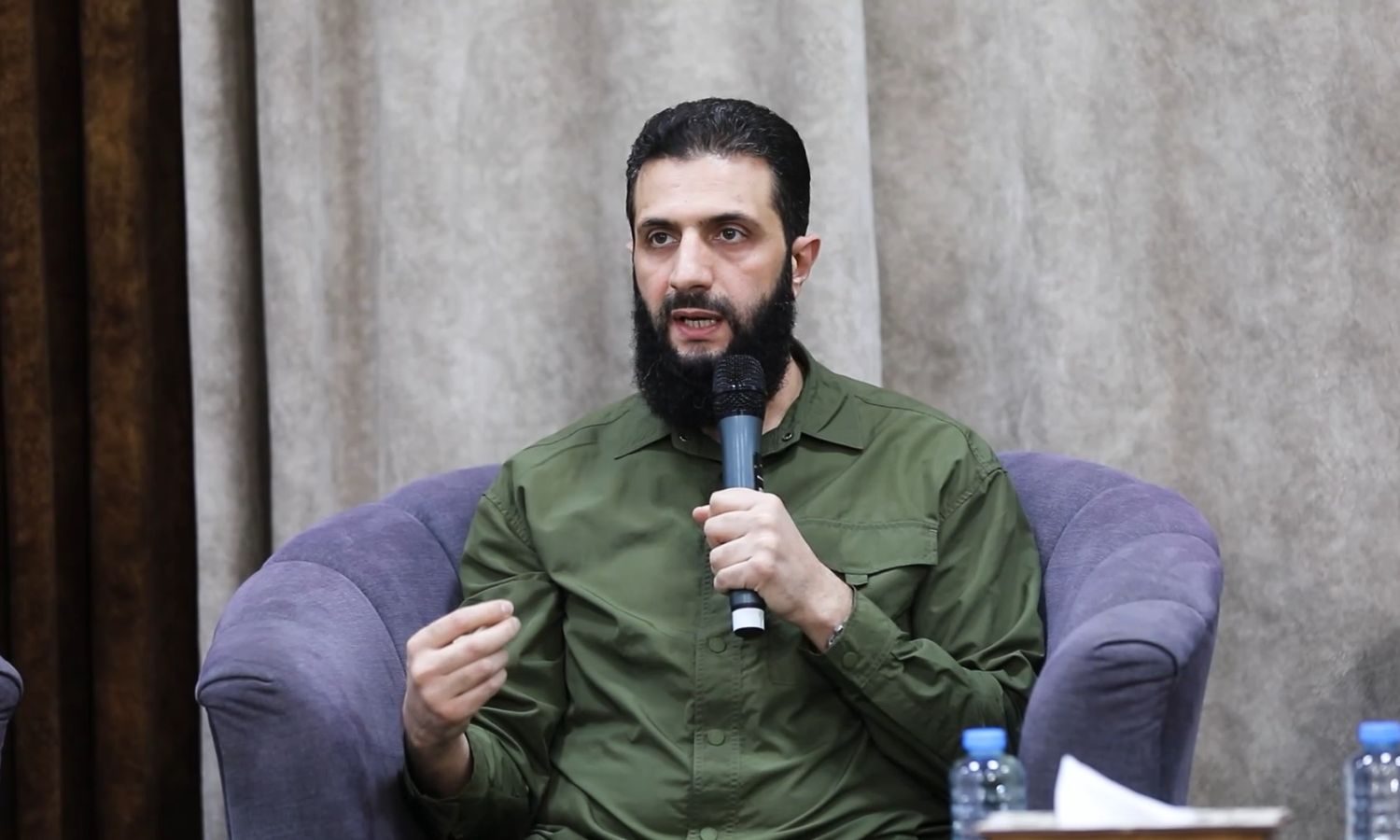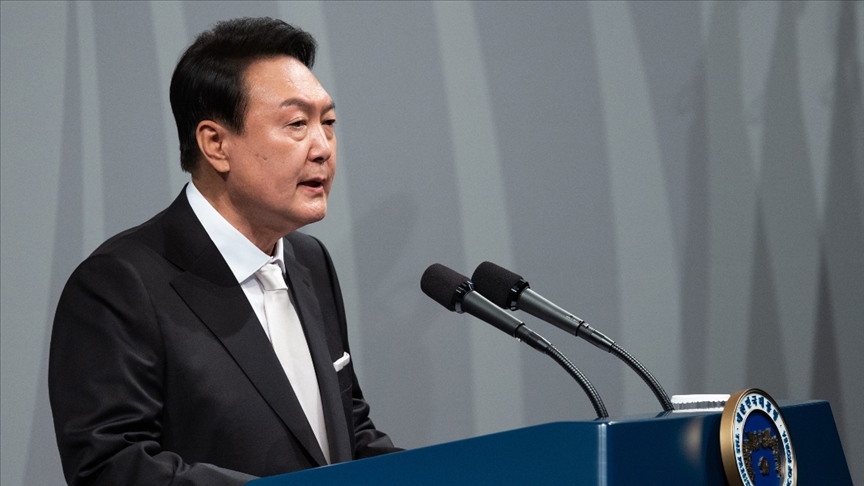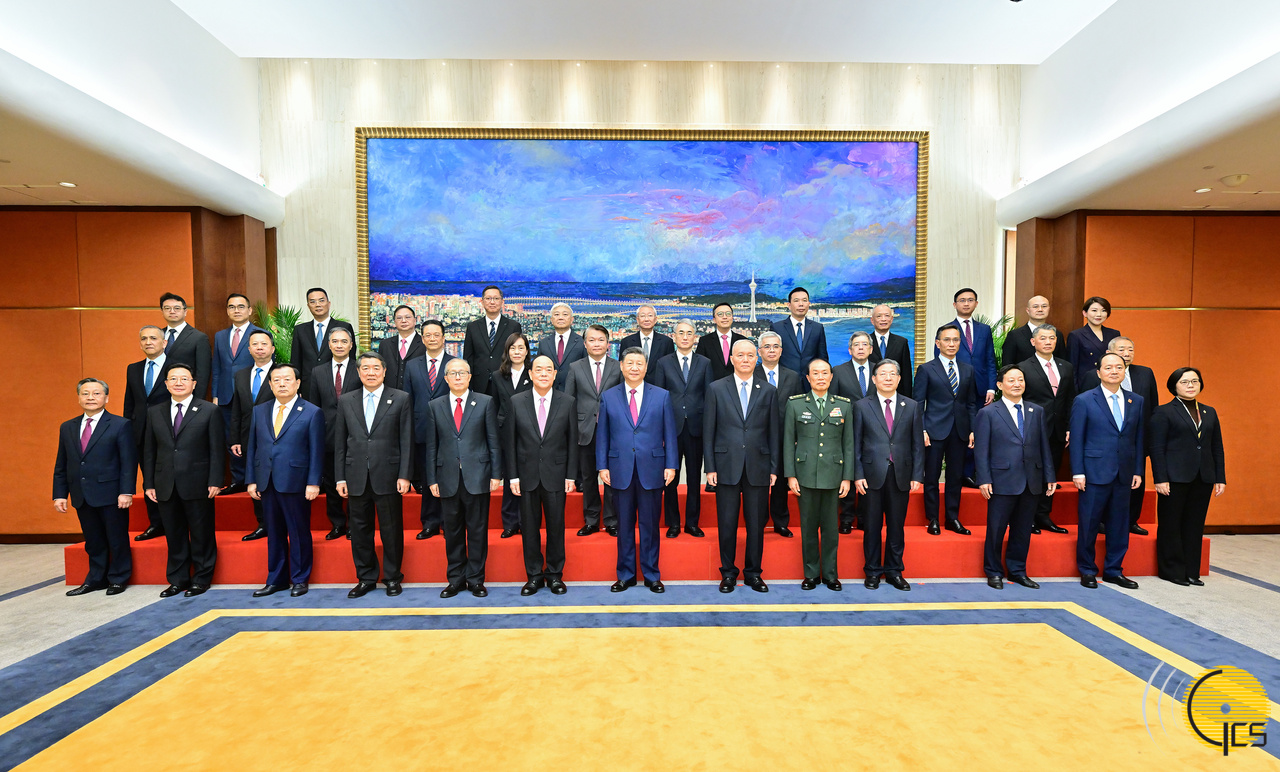August 14, 2024, marks the third anniversary of the Islamic Emirate’s return to power in Afghanistan. Over the past three years, the Taliban leadership has worked to consolidate their control, reassert their governance, and address the myriad challenges facing the nation. Despite widespread challenges, the Islamic Emirate has recorded several notable successes and achievements, particularly in areas of security, governance, and economic adaptation.
Establishing Control and Ensuring Security
One of the most significant successes of the Taliban has been its ability to establish control across Afghanistan after the chaotic U.S. and and other foreign troops withdrawal in 2021. The rapid fall of the previous Afghan government left a power vacuum that the ruling system quickly filled, restoring a semblance of order in a country long plagued by conflict.
Under the Islamic Emirate’s rule, large-scale military conflicts have diminished significantly, especially compared to the previous two decades of war. The group’s emphasis on maintaining internal security has resulted in reduced violence in many parts of the country, contributing to a sense of relative stability. By enforcing strict law and order, the Taliban has managed to curb crime in several regions.

Taliban military vehicles parade to celebrate the third anniversary of Taliban’s takeover of Afghanistan, at the Bagram Air Base, in Bagram, Parwan province on August 14, 2024. (AFP)
Promoting Independence and Sovereignty
The Taliban has emphasized Afghanistan’s sovereignty and independence, a stance that resonates with many Afghans who lived through years of foreign occupation. The Taliban has portrayed its rule as a reclamation of Afghan identity and autonomy, free from external interference. This narrative has bolstered their legitimacy among segments of the population who value national sovereignty above all.
The Taliban have resisted foreign influence in their domestic policies, insisting on a governance model rooted in their interpretation of Islamic law. This approach has reinforced their control over Afghanistan’s internal affairs, ensuring that decisions about the country’s future are made within its borders, without external dictation.
Economic Adaptation in a Challenging Environment
Faced with an economic crisis exacerbated by international sanctions and the freezing of Afghan assets abroad, the Taliban has had to navigate an exceptionally challenging economic landscape. Despite these difficulties, the Taliban has made efforts to stabilize the economy and adapt to the new realities of governing without the extensive foreign aid that Afghanistan had relied on for decades.
The Taliban has managed to keep the banking system operational and have maintained basic public services such as healthcare and primary education. The ruling system has sought to increase revenue through customs duties, taxation, and the extraction of natural resources, providing a lifeline for the cash-strapped economy.
Moreover, the Taliban has worked to strengthen economic ties with regional powers, including China, Pakistan, and Iran. These relationships have been instrumental in facilitating trade and securing economic support, which, while limited, has been crucial in preventing a complete economic collapse.
Infrastructure and Public Services
Despite the economic difficulties, the Islamic Emirate has made some progress in maintaining and, in certain areas, improving infrastructure and public services. Road maintenance, urban infrastructure, and electricity supply have continued in various parts of the country, with the Islamic Emirate emphasizing the importance of these projects for the nation’s development.
Efforts have also been made to ensure the continuity of basic public services. Health services, although under strain, have remained operational, and the Islamic Emirate worked to address the needs of the population in areas like agriculture, which is vital for Afghanistan’s largely rural economy. These efforts, while limited by resource constraints, demonstrate the Islamic Emirate’s commitment to sustaining essential services for its citizens.
Diplomatic Engagement and Regional Relations
While the Taliban has not achieved widespread international recognition, they have made strides in diplomatic engagement, particularly with neighboring countries. The Taliban has sought to build pragmatic relationships with regional powers, recognizing the importance of these ties for Afghanistan’s economic and security interests.
Countries like Pakistan, China, Russia, and Iran have engaged with the Taliban, driven by mutual interests such as border security, trade, and regional stability. The Taliban’s ability to secure these diplomatic relationships has been a notable achievement, helping to partially offset the broader international isolation imposed by Western powers and their allies.
Preserving Cultural and Religious Identity
Another significant achievement of the Islamic Emirate has been its focus on preserving Afghanistan’s cultural and religious identity. The Islamic Emirate has positioned itself as the protectors of Islamic values and traditions, a role it sees as crucial in maintaining social cohesion and national identity. The ruling system has implemented laws and policies aimed at reinforcing these values, appealing to a significant portion of the population that shares their vision of a society governed by Islamic principles.
Conclusion
As the Islamic Emirate of Afghanistan marks its third anniversary, it can point to several successes and achievements amidst a backdrop of challenges.
The Taliban has managed to establish control, maintain a degree of security, and adapt to an exceptionally difficult economic environment. Their emphasis on national sovereignty and cultural preservation has reinforced their legitimacy among certain segments of the Afghan population, and their diplomatic efforts have helped sustain vital regional relationships.
However, the road ahead remains complex, with ongoing economic struggles, and international recognition.
Nonetheless, the Islamic Emirate’s ability to navigate these challenges and build on its successes will be crucial as it continues to shape the future of Afghanistan.

 EUROPE1 week ago
EUROPE1 week ago
 OPINION2 weeks ago
OPINION2 weeks ago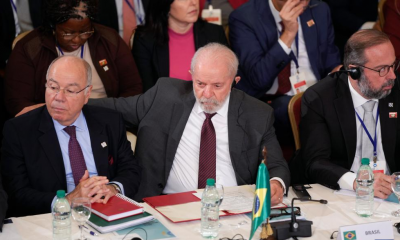
 OPINION1 week ago
OPINION1 week ago
 DIPLOMACY2 weeks ago
DIPLOMACY2 weeks ago
 OPINION2 weeks ago
OPINION2 weeks ago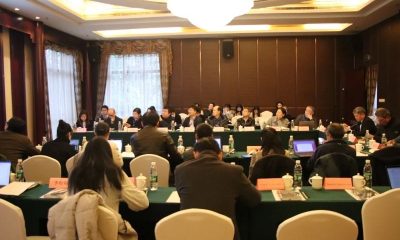
 ASIA1 week ago
ASIA1 week ago
 MIDDLE EAST1 week ago
MIDDLE EAST1 week ago
 MIDDLE EAST2 weeks ago
MIDDLE EAST2 weeks ago













